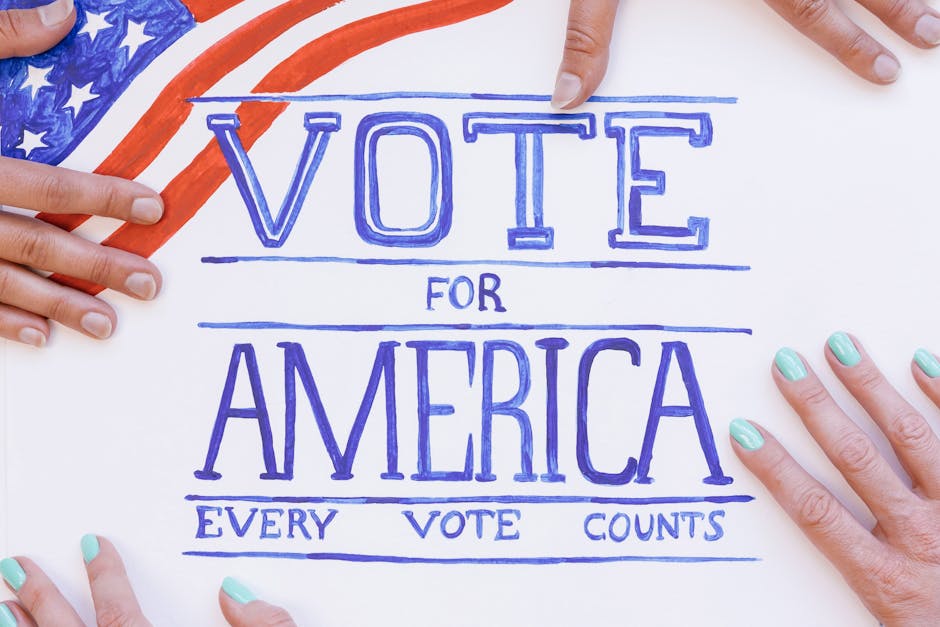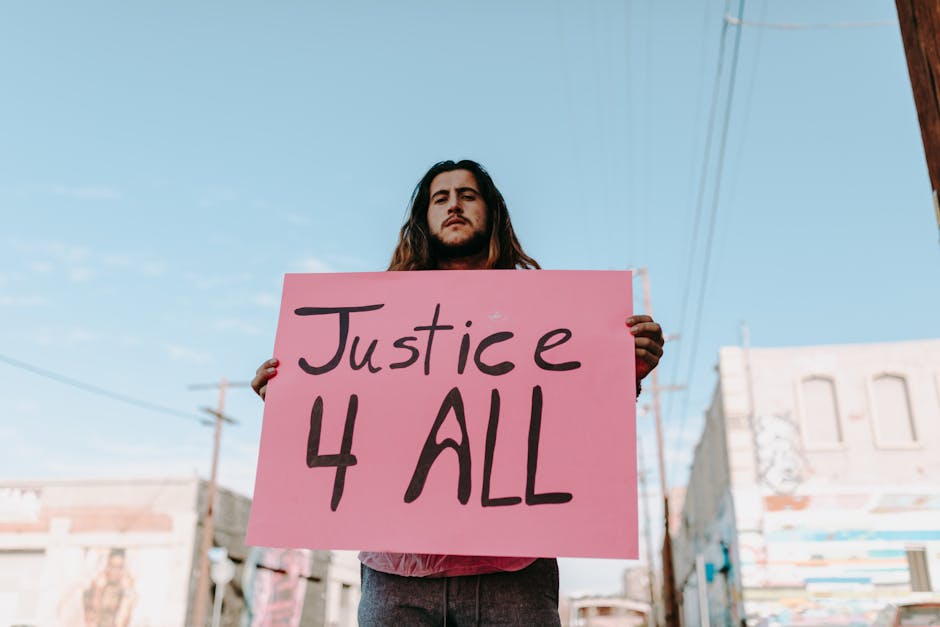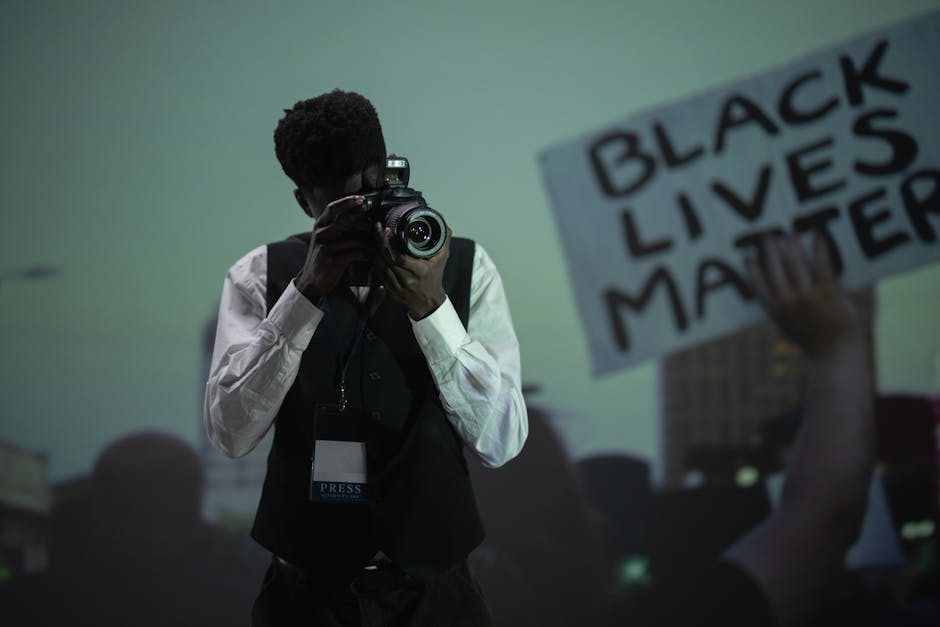How to Use Storytelling to Inspire Change
Storytelling has been an integral part of human communication since the dawn of civilization. From ancient myths and legends to modern novels and movies, stories have the power to captivate, inspire, and influence people in profound ways. In recent years, storytelling has emerged as a powerful tool for driving social change, sparking activism, raising awareness, and mobilizing communities towards a common goal. In this article, we will explore how storytelling can be used as a catalyst for inspiring change, examining its impact, strategies, and potential for creating a better world.
The Power of Narrative

At the heart of storytelling lies the power of narrative. Stories have the ability to convey complex ideas, evoke emotions, and connect individuals on a deep, human level. When used effectively, narratives can shape beliefs, influence behaviors, and inspire action. By tapping into universal themes and values, storytellers can create a shared sense of purpose that motivates people to work together towards a common cause.
For example, the civil rights movement in the United States was fueled by the powerful narratives of individuals like Martin Luther King Jr. His “I Have a Dream” speech not only articulated a vision for a more just society but also inspired millions to join the fight for equality and justice. By framing the struggle for civil rights within a compelling narrative, King was able to galvanize support, mobilize resources, and ultimately bring about significant social change.
Emotional Impact

One of the key strengths of storytelling is its ability to evoke emotions. Humans are hardwired to respond to stories that resonate with their own experiences, feelings, and values. By tapping into emotions such as empathy, compassion, and hope, storytellers can create a sense of urgency and empathy that motivates people to take action.
For example, consider the impact of Malala Yousafzai’s story. The Pakistani activist and Nobel laureate’s autobiography, “I Am Malala,” chronicles her journey from a young girl advocating for girls’ education in Pakistan to a global symbol of courage and resilience. By sharing her personal story of survival and activism, Malala was able to raise awareness about the plight of girls’ education in developing countries, inspire a global movement, and ultimately bring about change in policies and attitudes towards education for girls.
Creating Connection

Storytelling has the unique ability to create connections between individuals, communities, and causes. By sharing stories that highlight shared values, experiences, and aspirations, storytellers can foster a sense of belonging and solidarity that transcends boundaries and differences.
For example, the #MeToo movement, which began as a social media campaign to raise awareness about sexual harassment and assault, quickly gained momentum through the power of storytelling. By encouraging survivors to share their stories of abuse and trauma, the movement created a sense of solidarity and empowerment among victims, sparking a global conversation about gender-based violence and calling for systemic change.
Strategies for Effective Storytelling

While storytelling can be a powerful tool for inspiring change, it is important to use it strategically and intentionally. Here are some key strategies for effective storytelling:
1. Know Your Audience
Before crafting a story, it is essential to understand who your audience is and what motivates them. Tailoring your narrative to resonate with the values, experiences, and aspirations of your audience can make your story more compelling and impactful.
2. Keep it Simple
Complex stories with too many details can overwhelm and confuse listeners. Keep your narrative clear, concise, and focused on a central theme or message to ensure that it resonates with your audience.
3. Show, Don’t Tell
Instead of simply stating facts or arguments, use vivid imagery, dialogue, and sensory details to bring your story to life. Showing rather than telling can make your narrative more engaging and memorable.
4. Incorporate Diverse Voices
Include a variety of perspectives, voices, and experiences in your storytelling to create a more inclusive and representative narrative. By incorporating diverse voices, you can enrich your story and make it more relatable to a wider audience.
5. Inspire Action
Ultimately, the goal of storytelling for change is to inspire action. Whether it’s signing a petition, volunteering for a cause, or advocating for policy change, your story should motivate your audience to take concrete steps towards creating the change you seek.
Case Studies in Storytelling for Change
Let’s take a look at some real-world examples of storytelling being used to inspire change:
1. The Story of Plastic
The documentary film “The Story of Plastic” explores the global crisis of plastic pollution and its impact on the environment, public health, and social justice. By weaving together stories of activists, scientists, and community members affected by plastic pollution, the film raises awareness about the urgent need for systemic change in how we produce, consume, and dispose of plastic.
2. Humans of New York
The popular social media project “Humans of New York” features portraits and interviews with individuals from diverse backgrounds across New York City and around the world. By sharing personal stories of triumph, struggle, and resilience, the project has created a platform for empathy, understanding, and connection among people from all walks of life.
Expert Opinions
We reached out to experts in the field of storytelling and social change to get their insights on the topic:
Dr. Bren Brown, Research Professor at the University of Houston
“Storytelling is a powerful tool for creating connection, fostering empathy, and driving social change. By sharing our vulnerabilities, struggles, and triumphs, we can inspire others to embrace their own stories and work towards a more just and compassionate world.”
Chimamanda Ngozi Adichie, Nigerian Author and Activist
“Stories have the power to humanize, to make us see the world through another’s eyes. By amplifying the voices of those who are marginalized, oppressed, or silenced, we can challenge stereotypes, dismantle systemic inequalities, and create a more inclusive society for all.”
Conclusion
Storytelling has the power to change hearts, minds, and societies. By harnessing the emotional impact, creating connections, and inspiring action, narratives have the potential to drive social change, spark activism, and create a more just and equitable world. As we continue to navigate complex challenges and pressing issues, let us remember the transformative power of storytelling and the role we each play in shaping a better future for all.
Long story short, storytelling is not just a form of entertainmentit is a catalyst for change.




